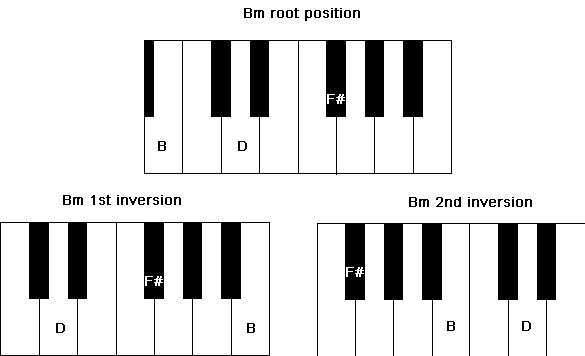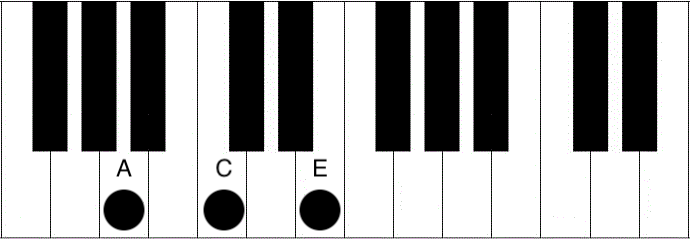

Play these minor scale chords and it sounds darker and heavier. This would become the A Natural Minor Scale and would be made up of these notes: A-B-C-D-E-F-G–A.
#BM RELATIVE CHORDS FULL#
In this case, take the C#, and drop it 1 full note down (half step down on the guitar neck). Focus on that 3rd, flattened note in the scale. Now, to turn this major scale into a minor scale. If you grab your guitar or bass and play these major scale chords, it’ll sound cheerful and welcoming. This 8th note is a half note higher than the 7th note.įor example, an A Major Scale would include the following notes: A-B-C#-D-E-F#-G#-A. This way, we can take a better look at the difference between a major scale - and its respective chord - and a minor scale.Ī scale is made up of 7 notes (8 notes, if you count the final note that bookends the scale):ġst note (or root note), which gives the scale its nameĢnd note, which is one whole note higher than the root noteģrd note, which is one half note higher than the 2nd noteĤth note, which is one whole note higher than the 3rdĥth note, which is one whole note higher than the 4th noteĦth note, which is one whole note higher than the 5thħth note, which is one whole note higher than the 6th noteĨth note, is the same as the root note – only one octave higher. Let’s try visualizing how a minor scale is constructed vs.

Constructing Major and Minor Chords & Scales And with practice, it’ll become second nature to transition between major and minor chords and learn the correct positioning for many of these chords. Once you know those “rules” and patterns, you can figure out pretty much anything on your own. This is what gives a minor chord its somber sound. In a minor scale, the 3rd note that comprises the scale or chord will always be flattened (or lowered) by a half-step. With these formulas in mind, a major scale will always contain a third (or major third) note, whereas a minor scale will never have a major third note in its construction. When trying to determine what is the difference between major and minor scales and chords, you can apply this formula to figure out the notes in any major or minor scale. The difference between a major and minor chord comes down to one, simple change: the 3rd in a scale.Ī major chord contains the 1st, 3rd, and 5th notes of the major scale.Ī minor chord contains the 1st, flattened (lowered) 3rd, and 5th notes of the major scale that it’s named for.


 0 kommentar(er)
0 kommentar(er)
